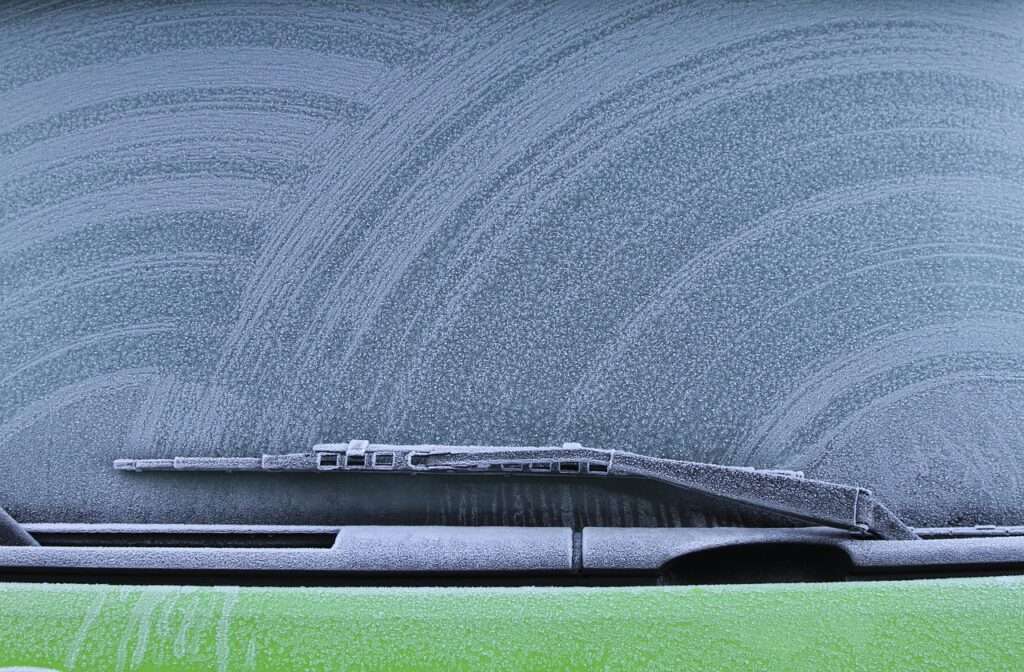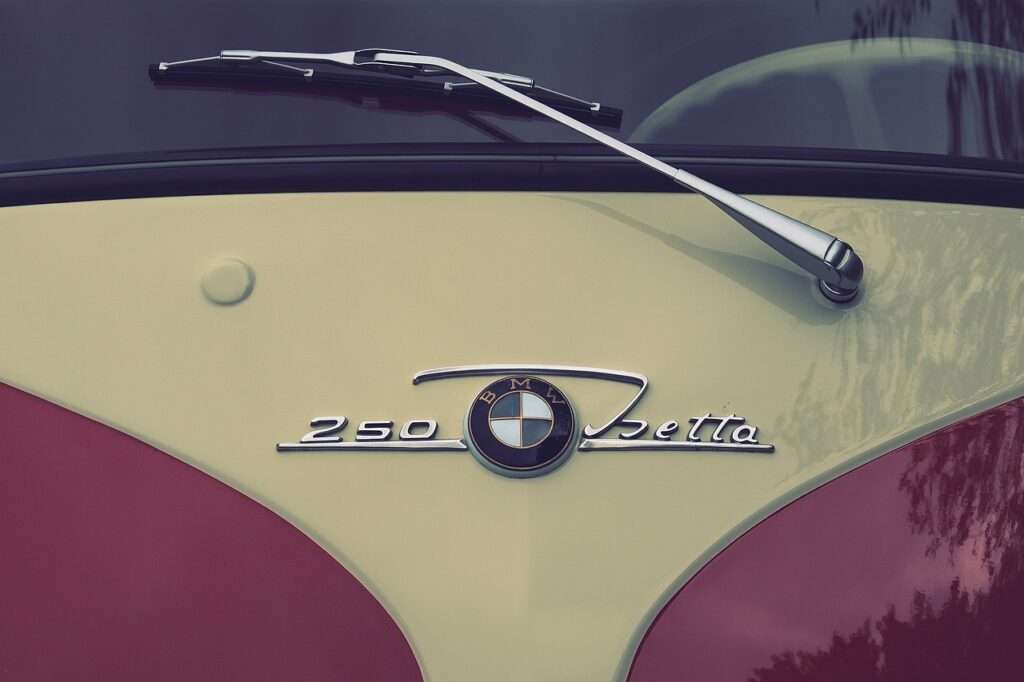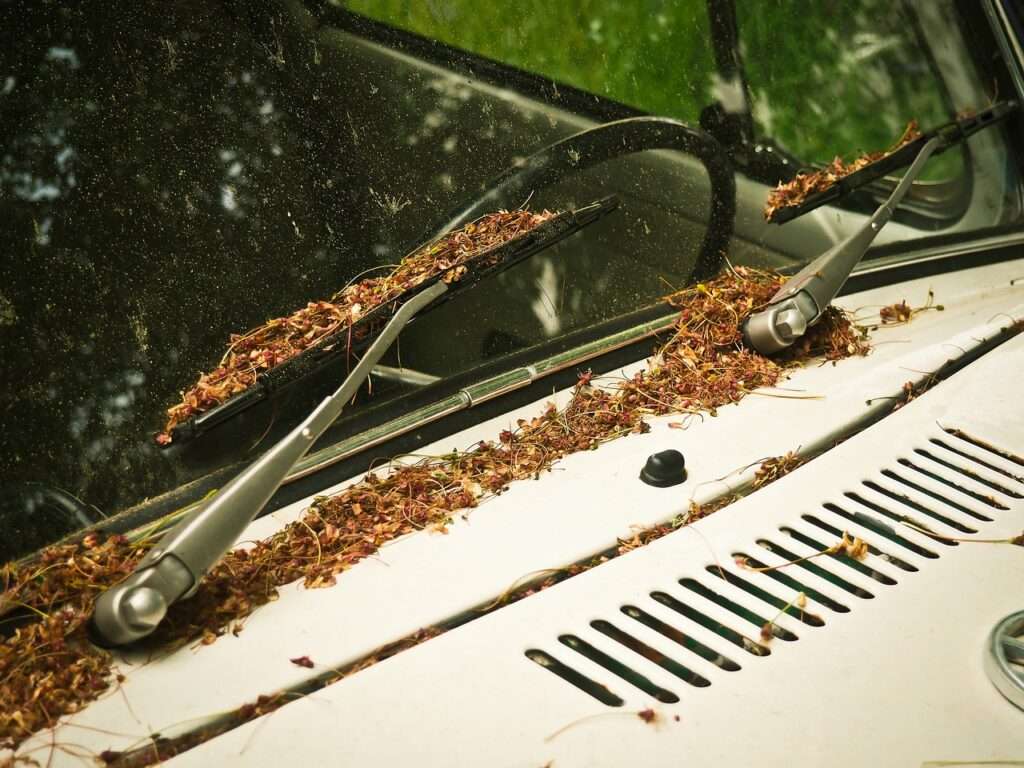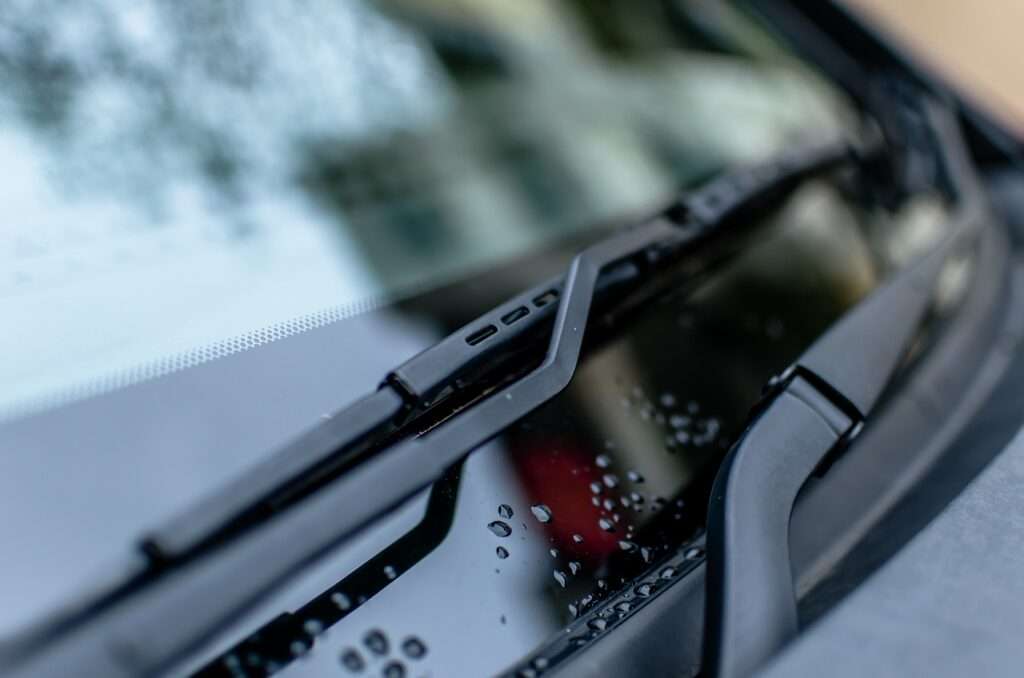
Repairing Front Windshield Wipers is one of the most important maintenance tasks that enhance the safety of drivers and passengers on the road.
Windshield wipers are essential for ensuring clear visibility during challenging driving conditions such as heavy rain, snow, or even dense dust.
Wiper problems may seem frustrating, but they are often easy to fix if diagnosed correctly.
1. Wipers Not Working at All
Possible Causes:
If the wipers stop working completely, the issue is often as simple as a blown wiper fuse.
This can occur when there’s an overload on the wiper’s electrical system.
Another cause could be a malfunctioning wiper motor or disconnected or corroded electrical connections due to moisture or wear.
How to Fix It:
Start by checking the fuse box in your car, usually located in the cabin or engine compartment. Identify the fuse responsible for the wipers and replace it if it’s blown.
Use a fuse of the same amperage to avoid further issues.
If the problem persists, inspect the wiring connected to the wiper motor.
Use a multimeter to ensure electricity is reaching the motor. If the motor is faulty, replacing it with a new, compatible one will resolve the issue.
2. windshield Wipers Moving Slowly or Stopping Mid-Motion

Possible Causes:
If the wipers move slowly, it could be due to dirt or rust buildup on the wiper joints and pivots connecting the wipers to the motor.
A lack of lubrication might also cause restricted movement. In some cases, a weak wiper motor may be to blame for low performance.
How to Fix It:
Clean the wiper pivots using a rust remover like WD-40, letting it sit for a few minutes before wiping off the area.
This often significantly improves the wiper’s movement.
If this doesn’t fix the issue, apply a light lubricant or grease to the joints.
If the problem persists, the wiper motor may need to be replaced. Consulting a technician is recommended if you’re unsure about the repair process.
3. Squeaking Noise While windshield Wipers Are Operating

Possible Causes:
A squeaking noise is one of the most common and annoying issues. It’s often caused by worn-out wiper blades or dry rubber.
This can also happen if the wipers are used on a dry windshield without activating the washer fluid.
How to Fix It:
Start by cleaning the wiper blades with a cloth dampened with water or a glass-cleaning solution. Remove any dirt or debris accumulated on the rubber surface.
If the noise persists after cleaning, the blades might be old or damaged and should be replaced.
Choose high-quality blades for better performance and reduced noise.
Always ensure the washer fluid tank is filled and use it to reduce friction between the wipers and the windshield.
4. Wipers Leaving Streaks or Spots on the Windshield
Possible Causes:
When the wipers leave streaks or spots during operation, it usually indicates worn-out rubber or dirt buildup on the blades.
Sometimes, the windshield itself may be the problem, such as grease or adhesive residue on the glass.
How to Fix It:
Clean both the wiper blades and windshield using a dedicated car-cleaning solution.
You can also use isopropyl alcohol to remove greasy materials from the blades and glass.
If the blades are visibly worn, replace them with new ones.
Make sure to buy blades that are suitable for your car model for optimal coverage of the windshield.
5. Wipers Not Covering the Entire Windshield

Possible Causes:
The problem may stem from bent wiper arms or improperly installed blades.
If the wipers work normally but don’t reach all parts of the windshield, they might need adjusting.
How to Fix It:
Check the wiper arms for any bending. If you find a bend, gently straighten it with a tool or by hand.
Reinstall the blades properly to ensure they cover the windshield entirely during operation.
Steps to Replace Windshield Wipers Blades
1_Lift the windshield Wiper Arms:
Pull the wiper arms upward so they’re away from the windshield.
This allows easy access to the blades and prevents scratching the glass during the process.
2_Remove the Old Blades:
Press the small clip at the base of the blade and slide it off. If the clip is stiff, move it gently to avoid breaking it.
3_Install the New Blades:
Slide the new blades into place until you hear a “click” indicating they are secured.
Ensure the blades are firmly attached and move freely.
4_Test the windshield Wipers:
Turn on the wipers with washer fluid to check their performance.
Make sure they operate smoothly and don’t leave streaks or make unusual noises.
Additional Tips for Maintaining Front windshield Wipers

1- Regular Cleaning:
Clean the wiper blades weekly using warm water and a mild cleaner.
This prevents dirt buildup and extends the blades’ lifespan.
2- Avoid Operating on a Dry Windshield wipers :
Always use washer fluid when operating the wipers.
Running them on a dry windshield can damage the rubber and reduce their effectiveness.
3- Store in Shaded Areas:
If you live in a hot climate, park your car in shaded areas or use a car cover to prevent the rubber from drying out due to prolonged exposure to the sun.
When to Seek Professional Help
If the issue involves the entire electrical system, such as the motor or fuses, and you’re unable to identify the cause, it’s best to consult a professional technician to avoid causing further damage.
